Developmental disability: diagnosis and assessment
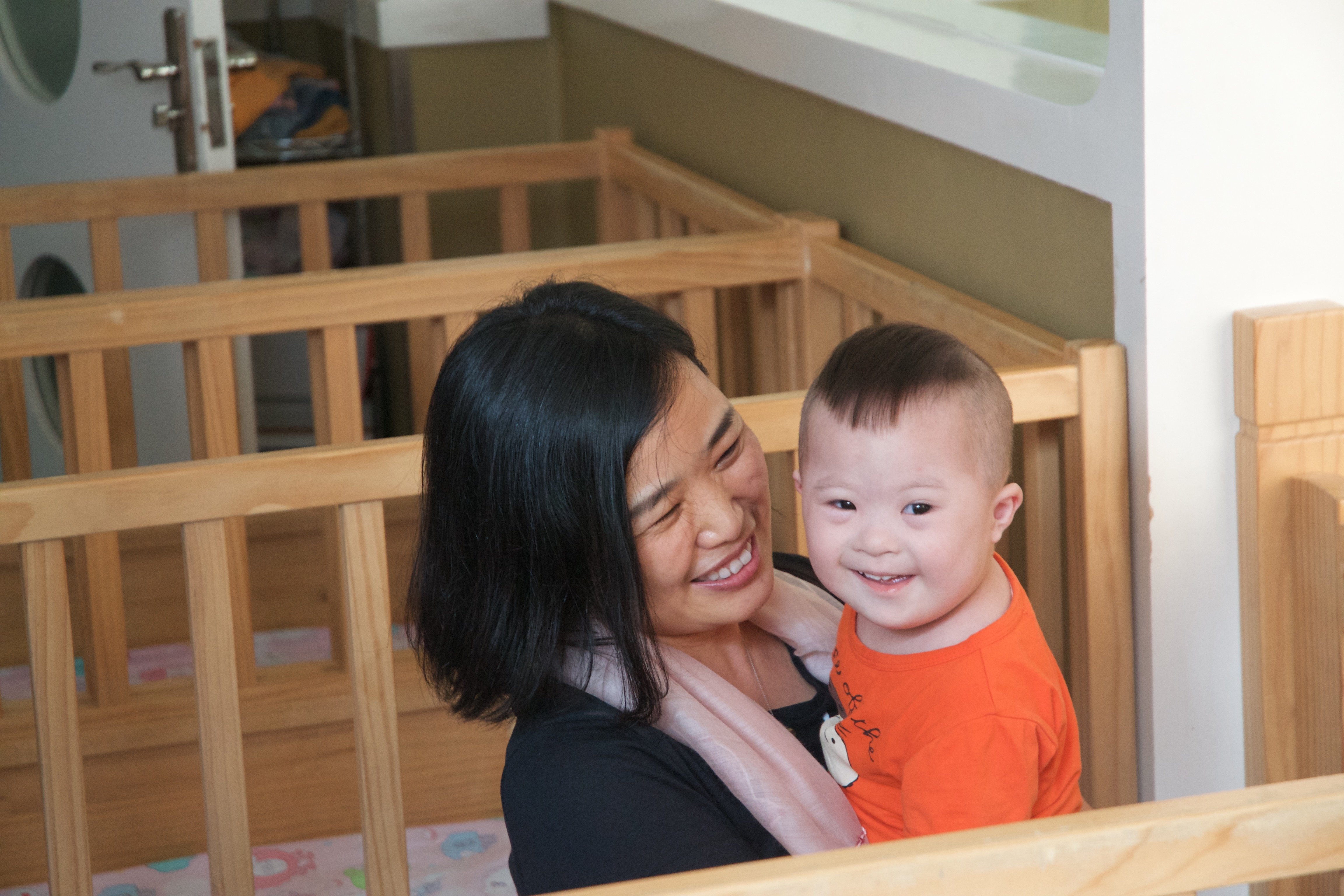
Share this step
A developmental disability is associated with disruption of a child’s development.
Early identification and early intervention can help give a child the opportunity to maximise their developmental potential and quality of life. Evidence consistently demonstrates that children identified with a developmental disability at an early age have improved long-term outcomes, across both functioning and life satisfaction.1
The procedure of assessment, diagnosis and disclosure is a complex, emotional and sensitive process, and parents often express low satisfaction in a healthcare professional’s approach.2 However, this is not inevitable.3 A parent’s experience with a healthcare professional at the time of diagnosis can have a long-lasting impact on their ability to cope with the child’s condition and support the child’s development. It can also impact on the parent’s long-term relationship with clinicians. Healthcare professionals therefore need to be attuned to both clinical best practice for accurate diagnosis and the provision of additional support for parents.
Positive outlook
Before we discuss the process of diagnosis, first consider your personal perspective on developmental disability.
Pooja at his father’s farm in India. © CBM
For many people, raising a child with a disability is difficult to comprehend. People often feel sorry for disabled children and their parents, as they imagine a life full of hardship. However, research is completely at odds with this view, and surveys consistently report that people living with a disability and their parents experience high levels of wellbeing and life satisfaction, as well as increased personal strength and resilience.4 (Take a look in the ‘See Also’ section at the bottom of the page to watch Professor Tom Shakespeare describe the idea of ‘adversity inoculation’).
There is no doubt that a developmental disability will present challenges for a child and their family, and healthcare professionals need to support parents through a range of emotions, such as disappointment, confusion, anxiety, and anger. Parents tend to model their reaction to a diagnosis on the healthcare professional. React negatively and parents may feel a sense of hopelessness and loss. But react positively, with an emphasis on hope, and parents may better adapt to their situation. Healthcare professionals should be positive, but realistic, so that they do not create false hope and thereby lose a parent’s trust.
Presenting a positive outlook starts from one’s own perspective. By understanding the positive aspects of a life with disability, parents will be able to do the same.
Reflection: In your setting, how common is a positive view of development disability amongst healthcare professionals?
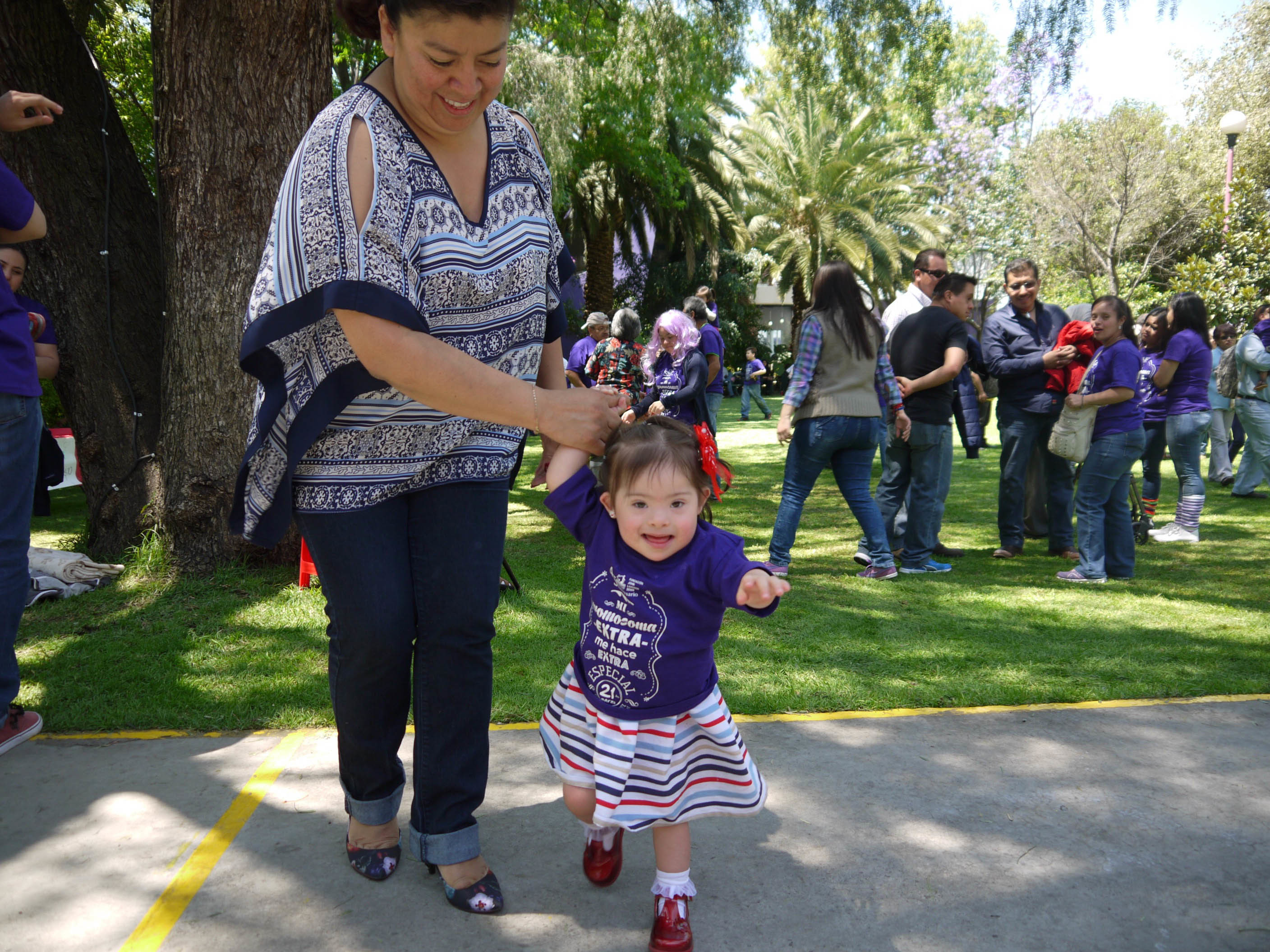 © Fundación John Langdon Down
© Fundación John Langdon Down
Early identification
Developmental disability can be identified in a number of ways, depending on the setting and circumstances.5 Typically, the process can comprise of three stages:
Prenatal genetic tests
Prenatal tests can be used to identify a number of developmental conditions, including neural tube defects, Down syndrome (trisomy 21) and trisomy 18, as well as a number of other health conditions, such as sickle cell disease and cystic fibrosis. These tests give parents-to-be information and time to prepare care strategies with healthcare professionals and plan for the future. These tests can take two forms:
- Screening test: to identify the chance that a foetus has a developmental condition
- Diagnostic test: confirm whether a foetus has a certain condition
The availability of these tests will depend on individual settings and resources, as well as an individual’s preference and interest to take up the tests.
Postnatal screening
Some developmental conditions may be apparent soon after birth (e.g. Down syndrome and spina bifida). Additionally, in some countries, healthcare professionals will conduct routine postnatal development screening using a standardised evaluation tool, in order to identify children at high risk of a developmental condition and in need of further assessment. There are two methods of screening:
- Universal screening: all children are briefly screened when visiting a healthcare professional, as part of the standard package of care. This may include ongoing surveillance and monitoring of a child’s development over many years (examples given below).
- Targeted screening: only those children deemed at ‘high risk’ of a developmental disability are screened. This includes children born prematurely or at low birthweight. For instance, in the UK children born extremely premature receive regular detailed developmental follow-up until at least 2 years of age.
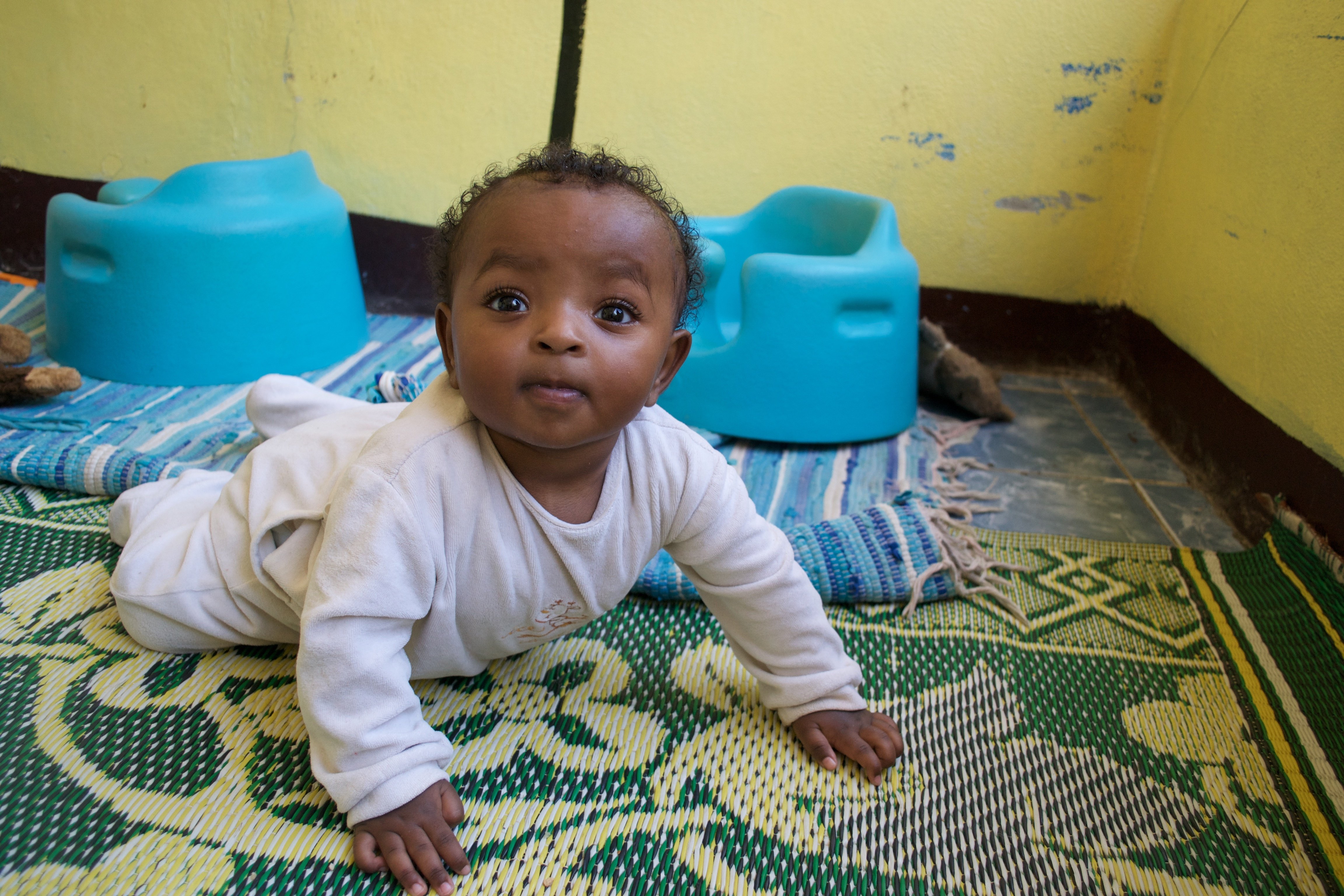 © Holt International
© Holt International
| Examples of Universal Developmental Screening Procedures |
|---|
| UK |
| The National Health Service (NHS) offers parents regular health and development reviews until a child is 2-years old. Checks are usually taken at birth, 1 week, 6-8 weeks, 9-12 months, 2-2.5 years. Reviews cover general development, growth, healthy eating, behaviour, good sleeping habits etc. Parents are asked to complete the ‘Ages and Stages Questionnaire (ASQ-3)’ before the 9-month and 2-year developmental review. |
| Brazil |
| Under the National Policy for Integral Attention to Children’s Health (PNAISC) parents are given the ‘Child Health Handbook’, which provides guidelines for child development and stimulation, a healthy diet etc. The child’s milestones are evaluated at every doctor’s appointment until a child is 3-years old, with results recorded in the handbook. It is recommended that this procedure continue until a child is 10. |
| Thailand |
| Trained nurses or primary care workers implement the national developmental screening programme at well-baby clinics and district hospitals. Children undergo screening at routine vaccination visits at 9, 18, 30 and 42 months. Health workers follow a screening process and assess the child’s ability to perform various exercises across developmental domains. For example, a child may be asked to walk while holding a ball, point to a body part or say at least 4 words. If a child fails to perform an exercise at two separate reviews, they are referred for assessment. |
Screening summary
Screening can identify children with or at high risk of developmental disability early, allowing children to receive support and intervention at an early stage in their development. However, screening procedures can be resource intensive and inaccurate, either giving false reassurance if a result is a false negative, or creating unnecessary stress with a false positive.6 As such, most countries do not operate a screening system for childhood development due to resource limitations, but appropriate tools for use in resource-poor settings have been developed and are being evaluated.7
 © Holt International
© Holt International
Assessment
Children screening positive for being at risk of a developmental disability, whether through universal or targeted screening, should be referred for further, in-depth assessment. More commonly, children are assessed only when a parent or teacher raises a concern about a child’s development to a healthcare professional.
There are a number of assessment pathways and tools, based on the child’s suspected condition. These can involve in utero genetic testing, cognitive assessment scales and standardised measurement tools for motor function, social communication and adaptive behaviour. We won’t be running through the diagnostic procedures for each developmental condition, but it is useful for us to consider the broader principles of assessment.
If you are interested to learn more about specific diagnosis procedures for certain conditions, please take a look at the ‘See Also’ section at the bottom of the page.
Principles of assessment
Assessment should be based on both diagnostic and functional components and also consider the environment in which a child lives.
- A diagnostic evaluation will identify the signs and symptoms associated with a condition, such as early speech delay and lack of eye contact in autism.
- However, a focus on the individual functioning of the child is also needed, such as the ability of a child with autism to communicate their needs (thirst, hunger) in childcare settings.
- Consideration of the child’s environment (e.g. home life, available services) can help identify barriers and enablers for promoting the child’s future progress and recommended intervention procedures.
The assessment process will look different in different settings. In more well-resourced health systems, assessment will likely be through a multi-disciplinary, collaborative process, with primary healthcare providers working in tandem with specialists, such as paediatricians, occupational therapists, psychologists and physiotherapists. In other settings, the capacity of the healthcare system may be more limited. Primary healthcare providers may have little access to appropriate diagnostic tools and specialised support services.8
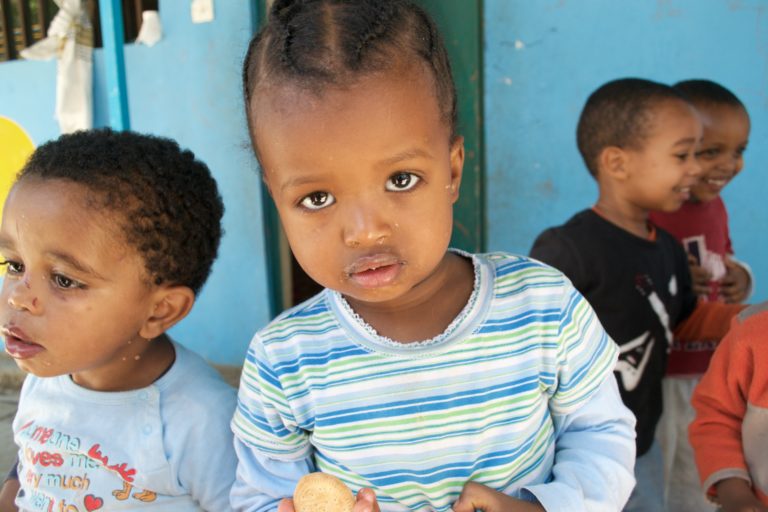 © Holt International
© Holt International
Regardless of setting, assessment should be:
- Family-centred and conducted in partnership with parents and caregivers, as they have unparalleled knowledge of their child and can help identify concerns.
- Comprehensive, incorporating all developmental aspects (physical, cognitive, sensory, etc.) even if a condition seems obvious. As we discussed in week 1, a child may exhibit multiple impairments across different domains.
- Informed by a child’s family history and upbringing, including details on stimulation and nurturing care, so an assessment understands the child as an individual, not just a condition.
- Conducted using a standardised assessment instrument, if available, as well as an in-depth observational assessment, to ensure an accurate and timely diagnosis.
- Linked to early intervention strategies and services, including peer support, so that children and families can be supported immediately upon diagnosis.
Reflection
- Have you been involved in the process of diagnosis?
- What has worked well when giving a diagnosis in the past?
- What could have been improved?
Share this
Integrated Healthcare for Children with Developmental Disabilities
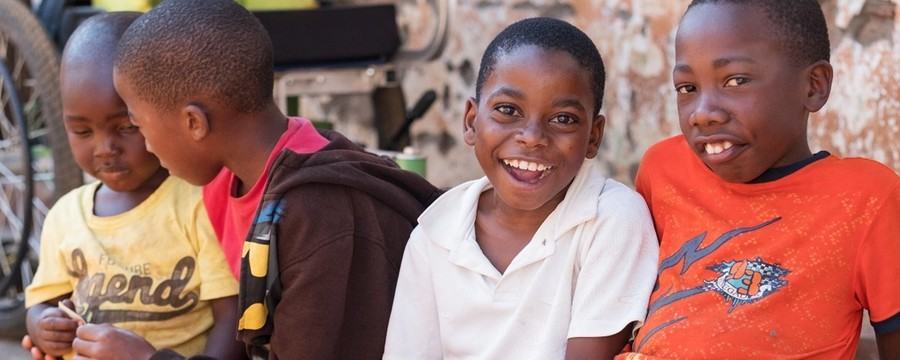
Integrated Healthcare for Children with Developmental Disabilities


Reach your personal and professional goals
Unlock access to hundreds of expert online courses and degrees from top universities and educators to gain accredited qualifications and professional CV-building certificates.
Join over 18 million learners to launch, switch or build upon your career, all at your own pace, across a wide range of topic areas.
Register to receive updates
-
Create an account to receive our newsletter, course recommendations and promotions.
Register for free







